


Sign-up for {N}power to get exclusive discounts, newsletters, members-only features, and more!

Protein has entered the chat. Have you noticed? As of this writing, there are nearly 30 million #protein posts on Instagram. Walk the aisles of a grocery store and you’ll find everything from high-protein water to high-protein candy; it seems like everyone is looking for ways to increase their daily intake (#proteingoals). Some say the popularity of protein has grown out of the low-carb movement, in which protein and healthy fats are centered instead of carbohydrates. Others say protein has moved to the forefront with an increase in public interest in losing weight while building muscle. Or maybe it’s a generation of Gen Xers and Millennials entering perimenopause, where we’ve learned that protein is king for maintaining good health as we age.
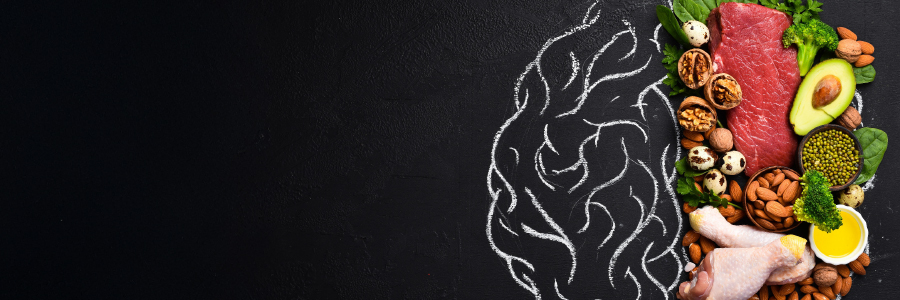
There are a multitude of reasons why this macronutrient has grown to be the holy grail of nutrition; here are four things to know about this champion of health.
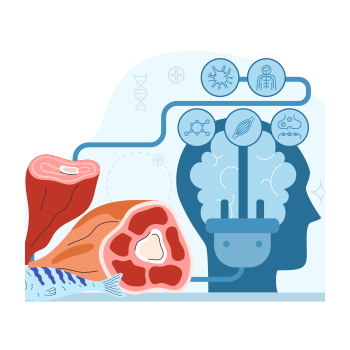
There is a huge focus on hitting daily protein goals to build and maintain muscle mass, and protein is absolutely critical for this, but did you know that protein also provides the building blocks for our bodies to make neurotransmitters, hormones, and enzymes, and is required to build and repair tissue, for proper immune function and metabolic health, and for cellular growth and repair? When we eat protein, our bodies break it down into individual amino acids and then reconfigures them into different proteins that can be used in diverse ways throughout the body. Protein is not stored by the body, and if we don’t eat enough, the body will start breaking down muscle to get the protein it needs for other important functions. Symptoms of protein deficiency can include brittle hair and nails and dry, flaky skin, constant hunger (protein keeps us satiated and supports healthy blood sugar), mood issues and/or brain fog, weak muscles and loss of muscle mass, frequent bouts of illness, and even stress fractures (bone tissue requires protein too!).1 2
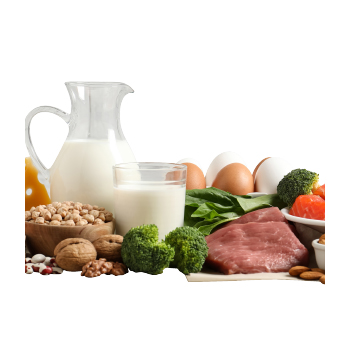
In simple terms, a protein is a molecule that is made up of amino acids. There are 20 different amino acids the human body needs and each one has its own function.3 Some of these amino acids are considered “non-essential,” which means our bodies can make them so we don’t have to prioritize consuming them. Some are classified as “conditionally essential,” which means our bodies can make them, but at a limited rate; in times of stress, illness, or injury, our bodies may need more than they can make, requiring us to increase dietary intake. And finally, others are “essential,” meaning our bodies cannot make them and thus we have to get them through diet (there are nine essential amino acids).
A complete protein contains all of the essential amino acids our bodies need, while an incomplete protein contains only some of them. On a protein grading scale, complete proteins that contain the nine essential amino acids in the ratios that the human body needs are the best at supporting overall health. The best sources of complete proteins are mostly animal-based and include fish, beef, chicken, pork, dairy products (including whey protein), and eggs; plant-based options include products derived from soy, like tofu and tempeh, and quinoa. One important thing to note is that even all “complete” proteins are not created equally (i.e., they do not have the optimal ratio of essential amino acids). A study published in November 2024 compared the muscle-building capacity of a four-ounce soy-based “burger” patty versus a four-ounce ground beef burger patty. The results found that you would have to eat two soy-based patties to get the same muscle-building effect of one beef burger patty. “Consumption of a 4 oz beef patty stimulates muscle and whole-body protein synthesis >4 oz SBMA [soy-based meat alternative] and similarly to 8 oz of SBMA [soy-based meat alternative].”4
Incomplete proteins include nuts and seeds, legumes, whole grains, and even some veggies. Incomplete proteins are not bad—you just need to combine them to ensure you are getting all of the essential amino acids; the most common combination is to eat whole grains and legumes together to form a complete protein (think rice and beans).
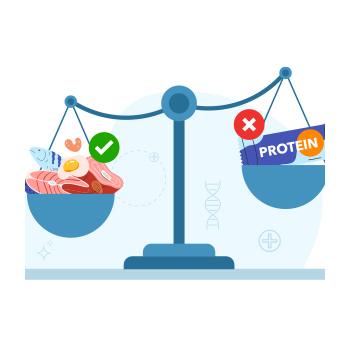
According to market research, sales of foods marketed as “protein-rich” were more than $30 billion in 2023 and are expected to grow by $50 billion between 2024 and 2028.5 6 An entire market has grown to include (an admittedly weird) range of foods and drinks with added protein: high-protein water, cookies, cereal, candy, pasta, and pizza crust, to name a few. Please don’t fall for these. While they may provide a quick dose of protein, they are often loaded with sugar, artificial ingredients, and refined carbs. For the most nutritious sources of quality protein, look to real, whole foods. Even better? Choose organically and/or regeneratively raised animal products, which are incredible sources of protein, and also include a load of other vitamins, minerals, and healthy fats—studies indicate they contain more nutrients than their conventionally raised counterparts.7 You can even find whey protein powder from grassfed cows. If you opt for plant sources of protein, choose organic to avoid chemical pesticide residues and genetically modified ingredients (especially with soy-based products).
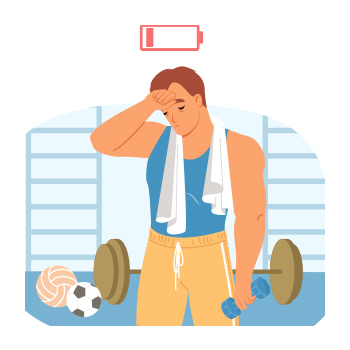
The big question remains: How much protein do you really need? The answer, of course, depends on the individual, but according to Michael Garcia, MD from UCLA Health, “We find most adults are not quite getting enough protein.”8 The recommended daily allowance is 0.8 grams per kilogram of body weight (for a 140-pound person, this equates to 53 grams/day), but this is the minimum we need to avoid deficiency and doesn’t address factors like age, health status, or activity level.9 For example, as we get older, our bodies simply aren’t as efficient at using protein as they were when we were younger, increasing our requirements (you’ve heard of sarcopenia, or the gradual loss of muscle mass, strength, and function?). Regularly working out and/or strength training also increases the need for quality protein. While the amount varies from person to person, in general, a better recommendation is to aim for 30 grams per meal, a little more or less depending on your age, fitness level, health status, etc.10 11 If you find it hard to meet this goal at every meal, whey protein is a wonderful way to fill in the gaps. Even better? Science has shown that consuming whey protein 15 to 30 minutes before a meal increases satiety, reducing the amount of food you eat, and supports a healthy blood sugar response.12 13 A protein bar will not do that.
So, to recap: Protein goes far beyond building muscle—it provides the building blocks for our bodies to function. Prioritize complete sources from organic and/or regeneratively raised animals, including incomplete proteins as desired from legumes, nuts, and seeds. Learn how to combine incomplete plant proteins to make complete proteins. Go for quality! Don’t be tempted by “high-protein” junk food. Finally, pay attention to your intake, with a goal of around 30 grams per meal, filling in the gaps with a quality protein supplement like whey protein. Now watch your health thrive!



Sign-up for {N}power to get exclusive discounts, newsletters, members-only features, and more!